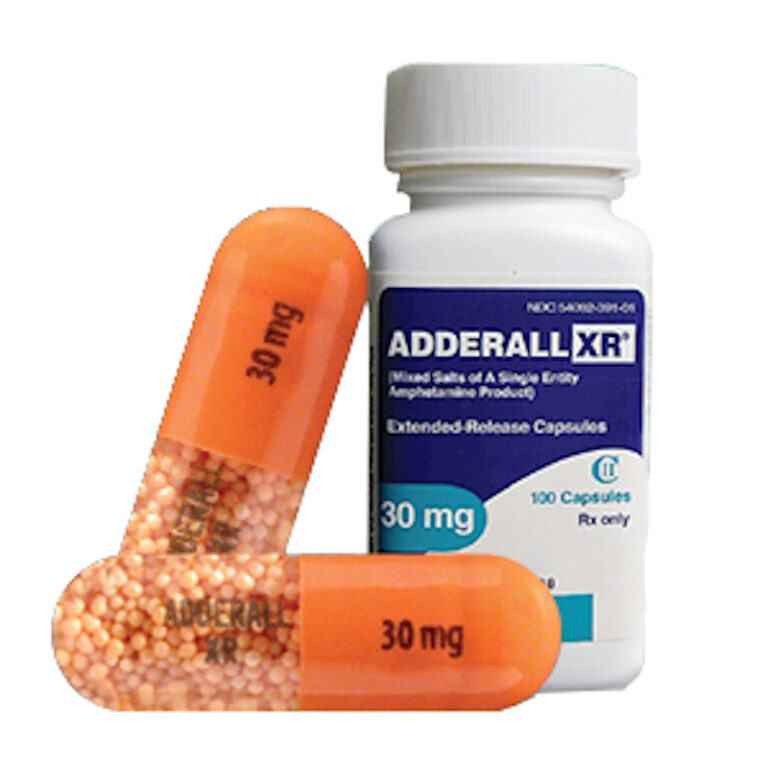

They can also be prone to forgetfulness and losing things, and struggle to follow instructions. They might be considered daydreamers or appear to be disinterested and disorganized in the classroom or the workplace. People with ADD often lack the hyperactivity component that is a prominent symptom of Predominantly Hyperactive-Impulsive ADHD. Self-Test: ADHD Symptoms in Adults Adults Self-Test: ADHD Test for Children What are the Symptom Differences Between ADD and ADHD? A squirmy, impulsive individual (usually a child)…Īdults with hyperactive or impulsive ADHD may be….The ADHD symptoms associated with this diagnosis align more closely with the stereotypical understanding of attention deficit: The term ADHD is commonly used to describe what doctors now diagnose as Predominantly Hyperactive Type ADHD. Self-Test: ADD Symptoms in Children Self-Test: ADD Symptoms in Adults What Is ADHD? Predominantly Inattentive Type ADHD (formerly ADD) does not present in the same way as the other two types of ADHD, known as Predominantly Hyperactive-Impulsive Type ADHD and Combined Type ADHD. Symptoms of ADD (Predominantly Inattentive Type ADHD)

Still, many parents, teachers, and adults continue to use the term “ADD.”.Since 1994, doctors have been using the term ADHD to describe both the hyperactive and inattentive subtypes of attention deficit hyperactivity disorder 1.Technically speaking, attention deficit disorder ( ADD) is no longer a medical diagnosis, but “ADD” is often used to refer to Predominantly Inattentive Type ADHD and associated symptoms.Attention deficit hyperactivity disorder ( ADHD) is a neurological or psychological disorder.ADD (attention deficit disorder) is the colloquial term for one particular type of ADHD - Predominantly Inattentive Type, formerly called attention deficit disorder. Many people use the terms ADD and ADHD interchangeably, but they are not the same thing. ADD is an outdated term and no longer a medical diagnosis, though it is often still used to refer to a certain subset of symptoms that fall under the umbrella term, ADHD. Patients with these symptoms may have what clinicians now call Predominantly Inattentive Type attention deficit hyperactivity disorder (ADHD). ADD symptoms in adults include trouble focusing on school work, habitually forgetting appointments, easily losing track of time, and struggling with executive functions. What Is ADD (Attention Deficit Disorder)?ĪDD (attention deficit disorder) is the term commonly used to describe a neurological condition with symptoms of inattention, distractibility, and poor working memory.


 0 kommentar(er)
0 kommentar(er)
